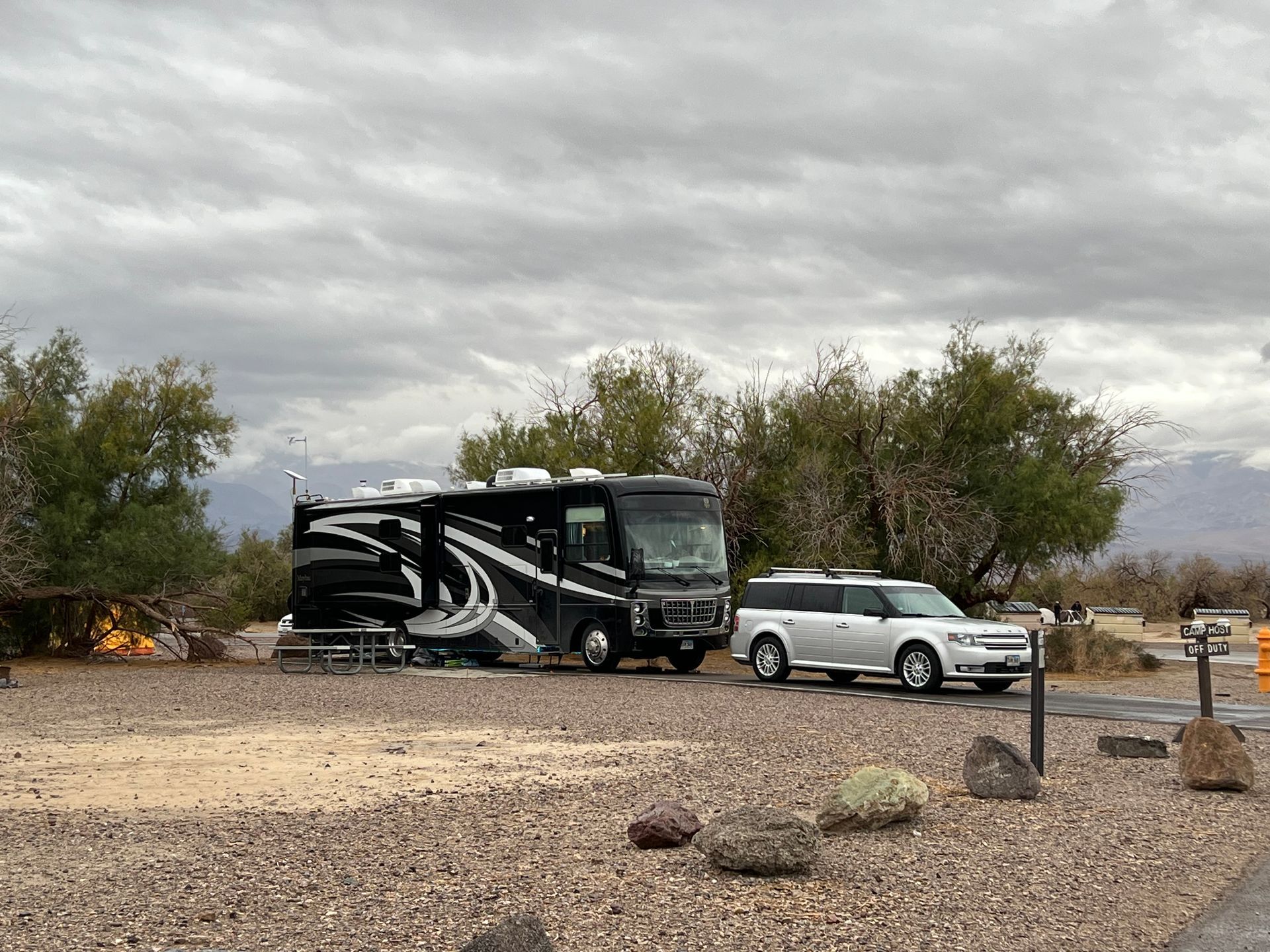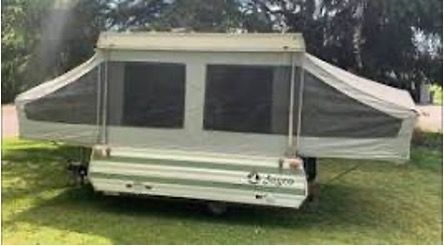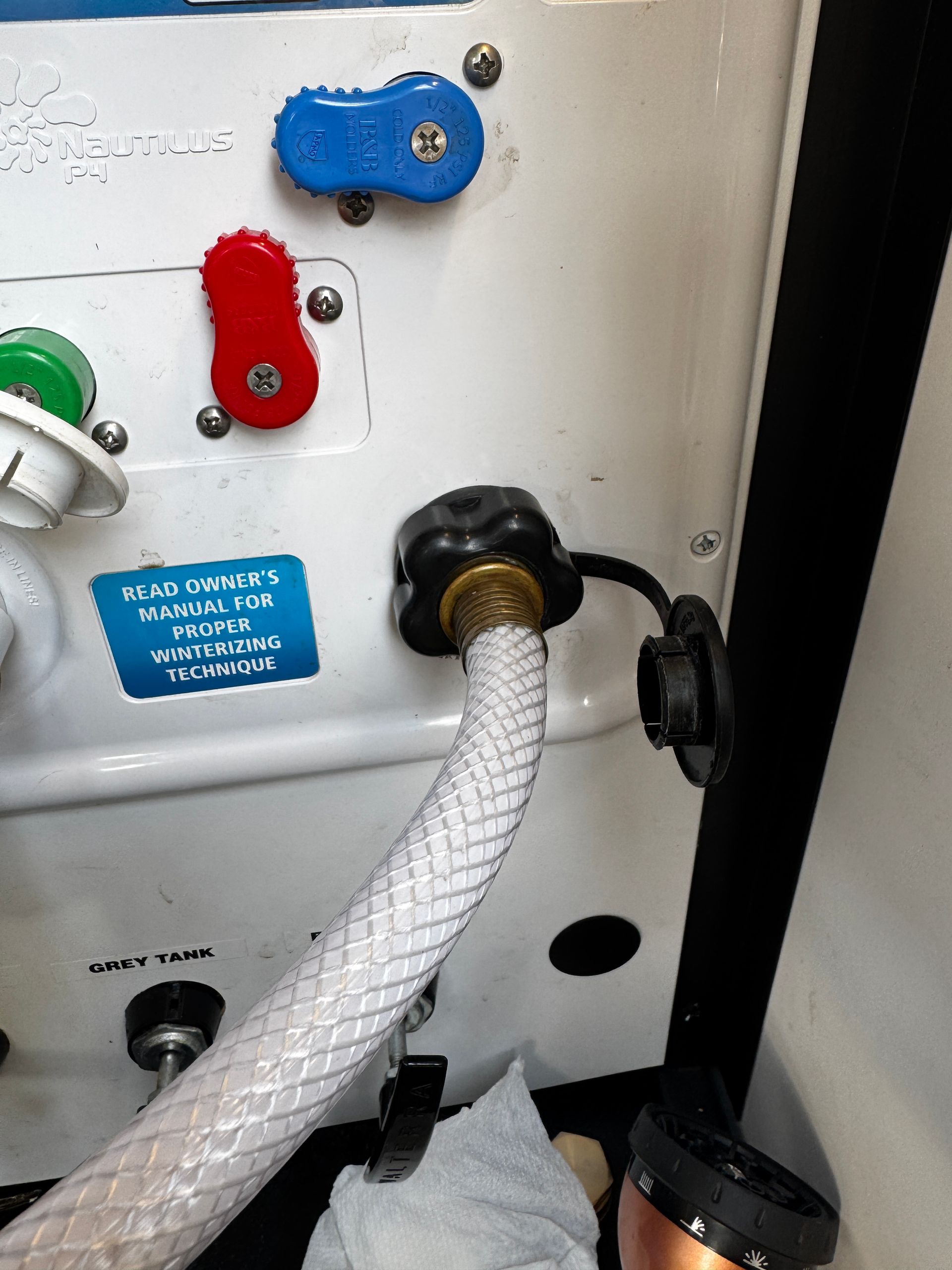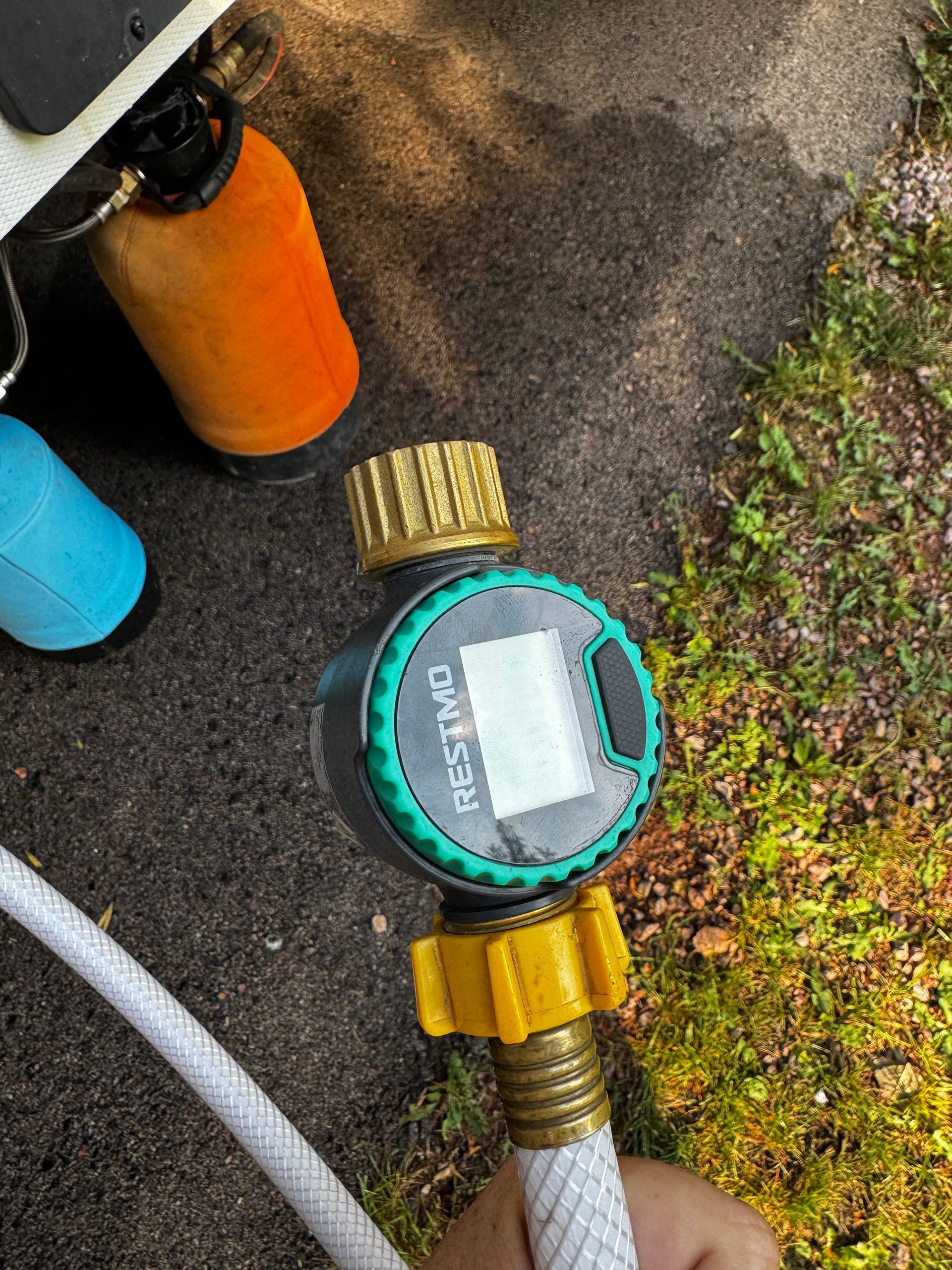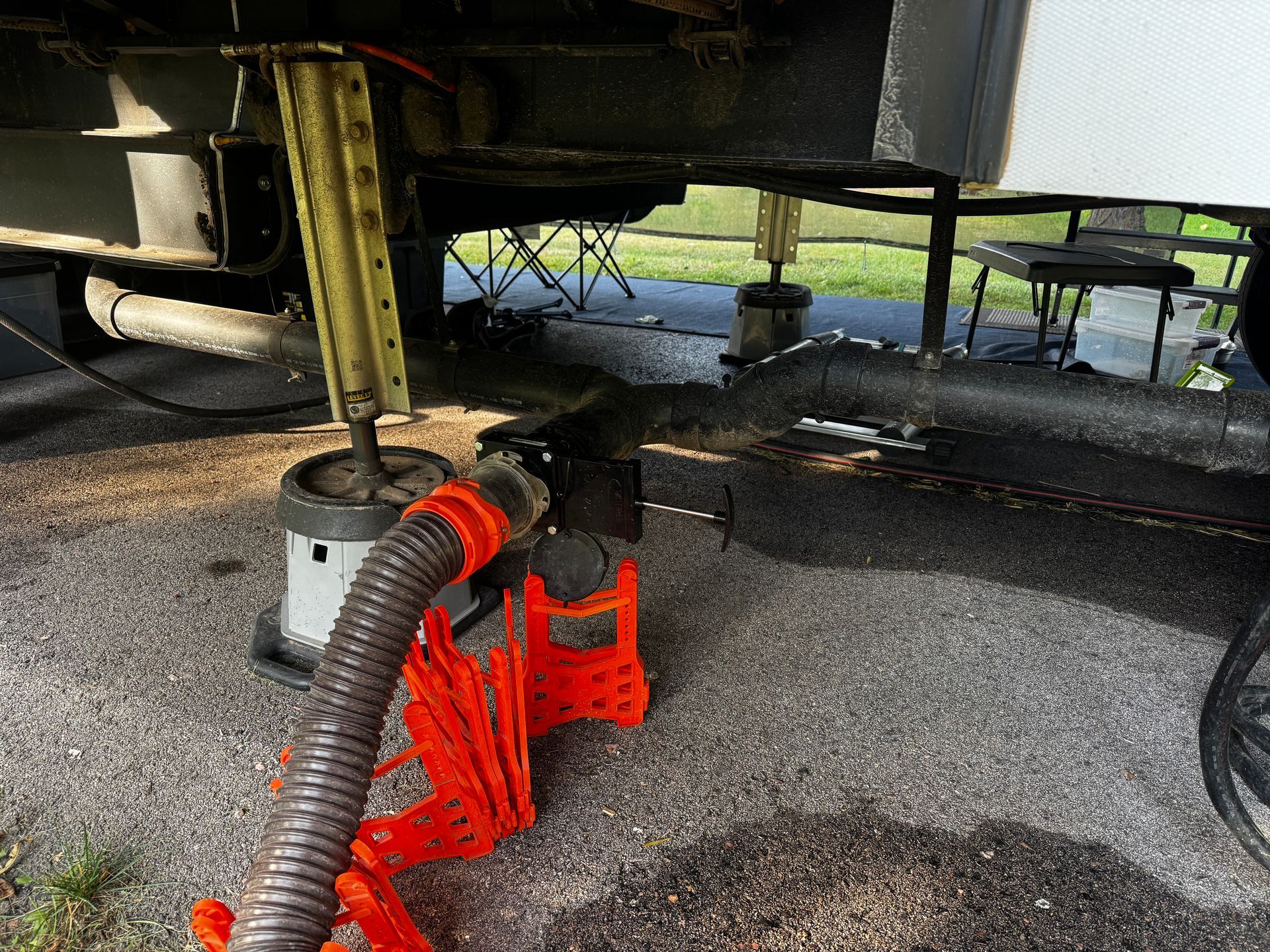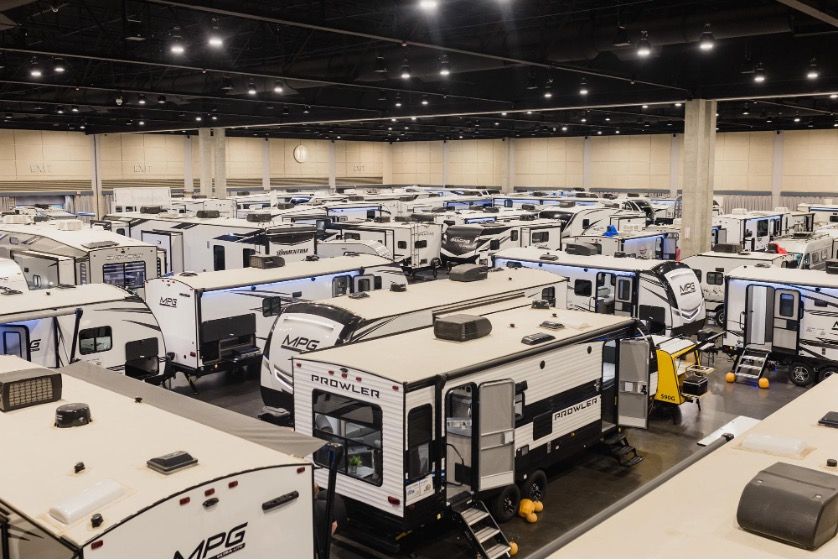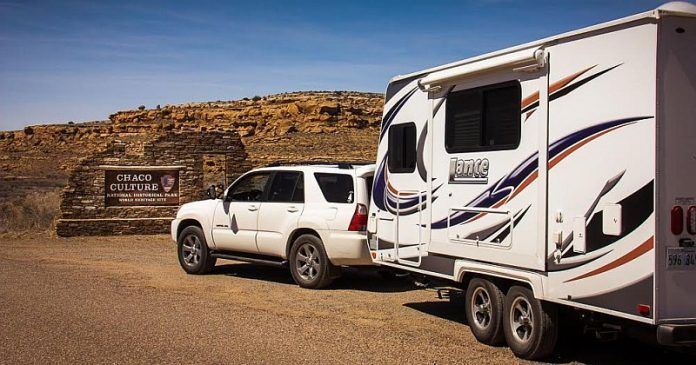The Difference Between Black and Gray Tanks & How to Manage Them
Jennifer+ Aggio • August 22, 2025
Let’s be real, RV tanks are not the glamorous side of travel. But if you want to enjoy the adventures without the headaches, learning the difference between your tanks (and how to manage them) is one of the most important skills you’ll pick up on the road. A little knowledge here goes a long way in keeping things running smoothly and odor-free.
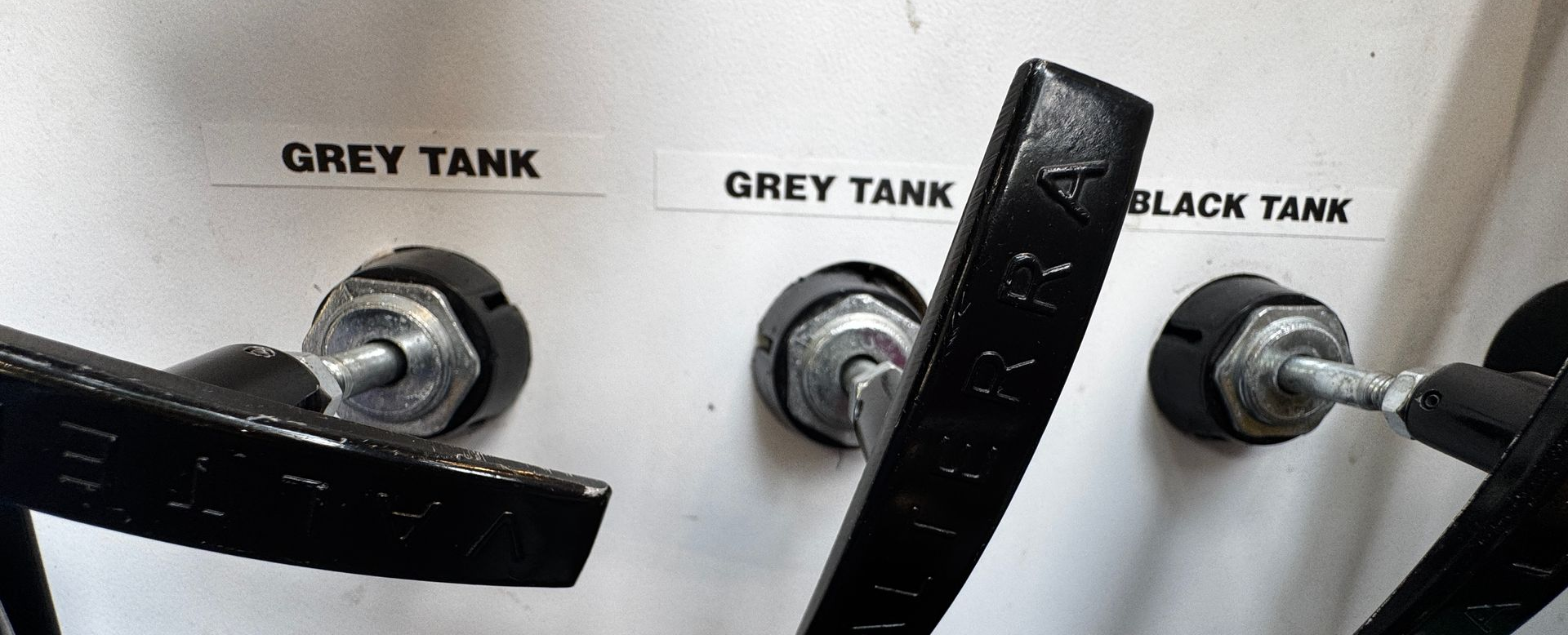
What’s the Difference?
Black Tank – This one is simple: black = sewer. Everything that goes down your RV toilet ends up here. If a sink shares the same tank as your toilet, it’s still considered a black tank because it contains sewage.
Gray Tank – This holds your “soapy water” waste—things like shower water, bathroom sinks, and laundry drains.
Galley Tank – Some rigs have a separate tank just for the kitchen sink. It’s essentially another gray tank, but because kitchen water can carry grease and food particles, it’s sometimes separated out.
Important Note: No matter what anyone tells you, dumping gray water on the ground is not okay, unless you’re on your own property. Just don’t be that guy.
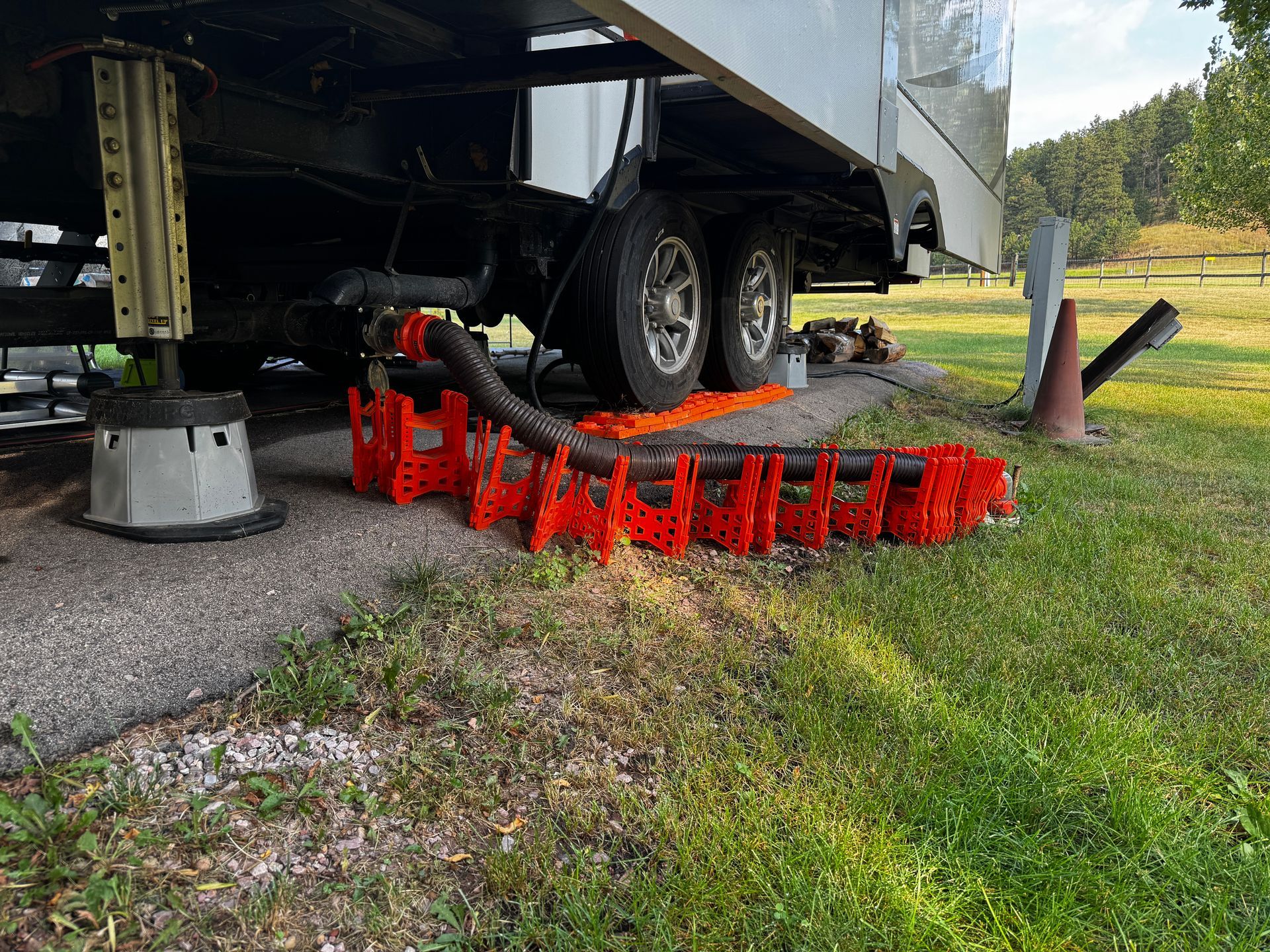
Tank Treatments: Do You Need Them?
Ask ten RVers about tank treatments and you’ll probably get ten different answers. Some swear by them, others skip them entirely. The truth is, they can be useful if you pick the right one and use it properly.
What They Do:
- Help break down waste and toilet paper in the black tank
- Reduce odors (especially in hot weather)
- Keep things moving so solids don’t stick to the walls or sensors
Types of Treatments:
- Chemical Treatments: The old-school “blue stuff.” It masks odors but often uses harsh chemicals that aren’t great for septic systems or the environment.
- Enzyme or Bio-Based Treatments: These use natural bacteria and enzymes to break down waste. They’re septic-safe, more eco-friendly, and usually do a better job long-term.
- Drop-ins vs. Liquids vs. Powders: Same idea, just different delivery. Drop-ins are convenient, while liquids and powders can be measured for bigger tanks.
Our preferred treatment used to be just doing the geo method with Calgon, Oxyclean and plenty of water but for sake of ease in our life we recently switched to Liquified and it does great! They even have a version for your gray tank to cut the grease!
PRO TIP: Even with treatments, water is your best friend! Always use plenty of water when flushing your toilet, treatments only work if they have enough liquid to circulate and do their job.
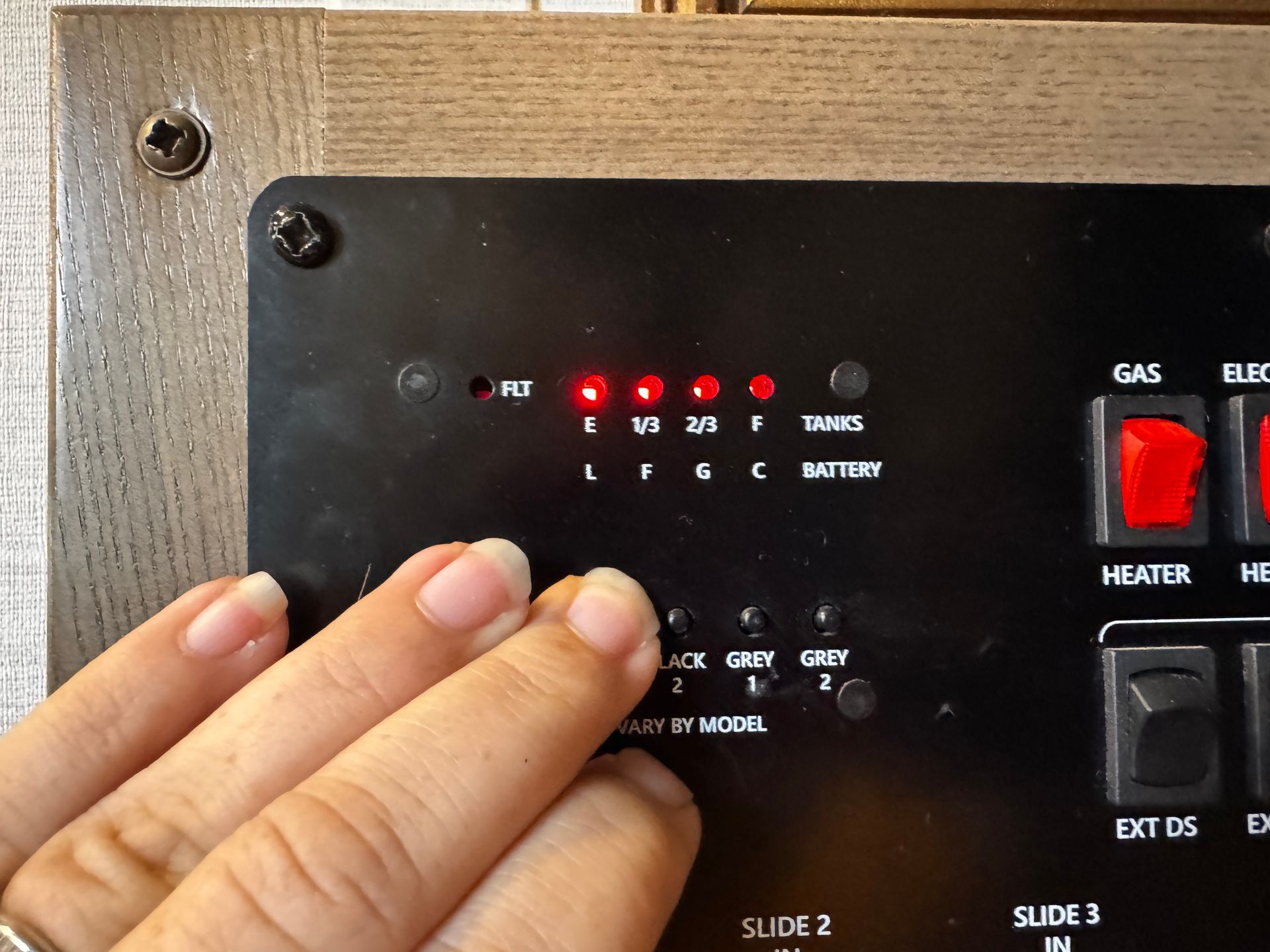
How to Tell When It’s Full
RV manufacturers install sensors to tell you how full your tanks are, but anyone who’s used them knows the truth: they don’t stay accurate for long. Within a few weeks or a month of use, sensors often show “full” even when you’ve just dumped. This picture above is actually taken a few hours after we dumped and flushed, quite thoroughly I might add, and look it still says full!
That’s why it’s better to learn your tank by experience. For us, in every rig we have owned, the black tank gives itself away by sound, the pitch changes as it fills. When we hear that change, we know we’ll need to dump within the next two days.
Gray tanks are harder to judge, so we typically dump ours every 3–4 days, if we’re on full hookups. If we’re not, the telltale sign is water starting to back up in the lowest point, usually the shower or kitchen sink (if you have a galley tank).
Pro Tip: Always make sure there’s enough water in the black tank after dumping (a gallon or two is fine) to prevent solids from cementing to the bottom. Starting “dry” is a recipe for problems. Are you seeing the theme? WATER is your FRIEND when it comes to the black tank!
Dumping & Flushing the Black Tank
Keeping your black tank flushed regularly is the key to avoiding clogs, odors, and even worse surprises.
Our routine: With our 53-gallon black tank, we can usually go about a week between dumps. We don’t flush every single time we dump, just every other dump. That means about every other weeks, we give it a really good cleaning.
Here are a few ways to flush:
1. Buckets of water down the toilet
- PRO: Simple, no special gear needed.
- CON: Heavy, messy, and doesn’t do as thorough a job.
2. Built-in flush hookup (exterior hose connection)
- Always use caution, never leave it running unattended.
- Some folks say never close the valve while flushing. We do, but with a water flow meter so we know exactly how much is going in.
- Our process:
- First fill: 35–40 gallons
- Second fill: 40–45 gallons
- Third fill: up to 50 gallons (just under our 53-gallon limit)
- PRO TIP: Get yourself a deadman's handle so that way you can't walk away and accidentally leave your flush hose running which could create a mess (don't ask me how I know).
3. Back flush attachment (connects to sewer outlet)
- Pushes water back into the tank in reverse.
- Works well, but again, don’t attempt it without a water flow meter. Overfilling a black tank is not something you want to deal with!
Gray Tank Tips
Gray tanks tend to fill up much faster, especially if you’re taking long showers. Most RVers dump these more often than their black tanks. Now we will often open our gray valve during showers then close it as soon as we are done, we do not leave it open on a regular basis.
A handy tip: dump your black tank first, then the gray. That way, the soapy water from the gray tank can help rinse out your sewer hose.
PRO TIP: Never leave your black tank open while you’re using it.
It might seem convenient, but all you’ll end up with is a dreaded “pyramid” of solids at the bottom of your tank while the liquids drain away. Always keep the black tank closed until it’s at least two-thirds full, then dump and flush. This helps everything flow out properly and prevents nasty clogs.
When You Don’t Have Full Hookups
If you’re camping somewhere without sewer connections, portable waste totes are a lifesaver. These allow you to empty your RV tanks into a rolling tote and haul it to the dump station without moving your entire rig. Some models can even be towed behind a vehicle, while others are more like a big, wheeled suitcase.
Final Thoughts
Managing your RV tanks isn’t glamorous, but it’s essential to RV life. Once you understand the difference between your black and gray tanks, learn the signs of when they’re full, and establish a flushing routine, it becomes second nature. Trust me, your future self (and your nose!) will thank you.
Other blogs you might like...
